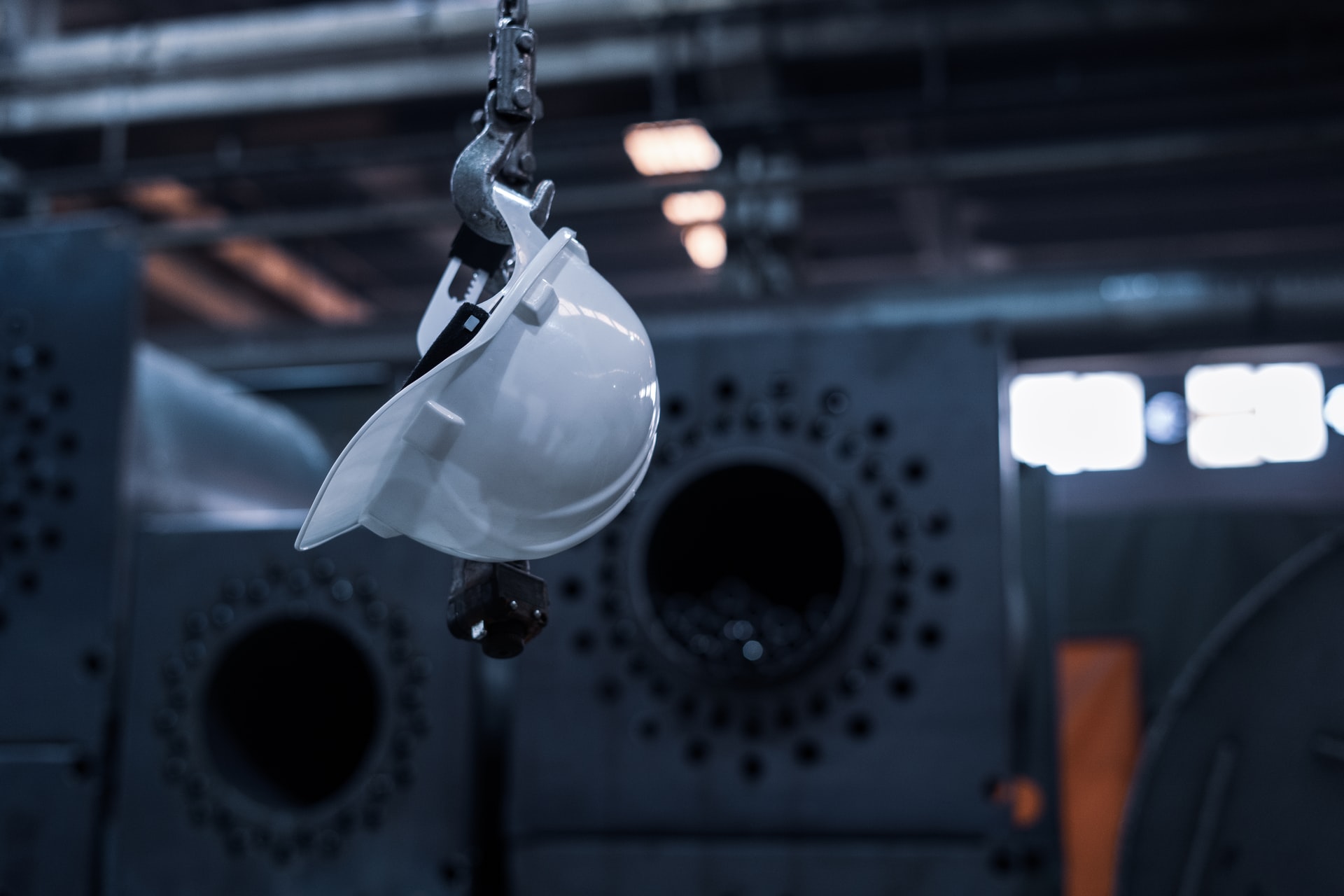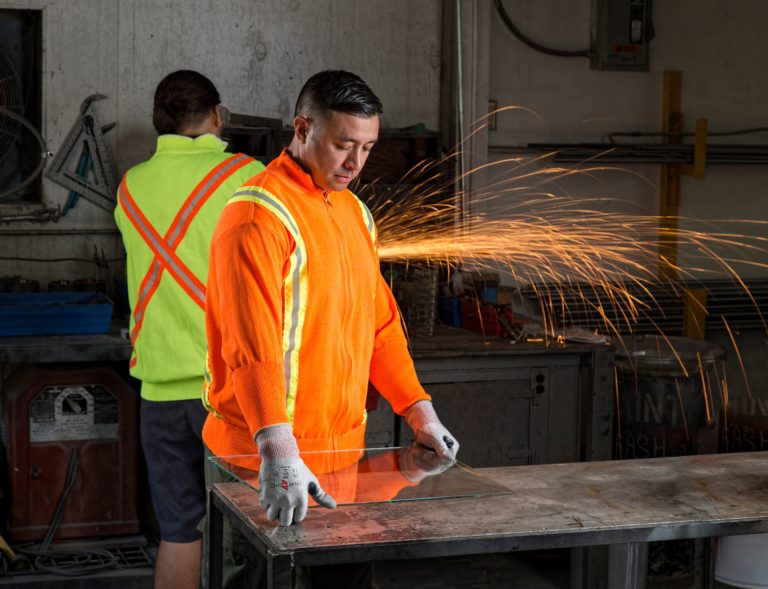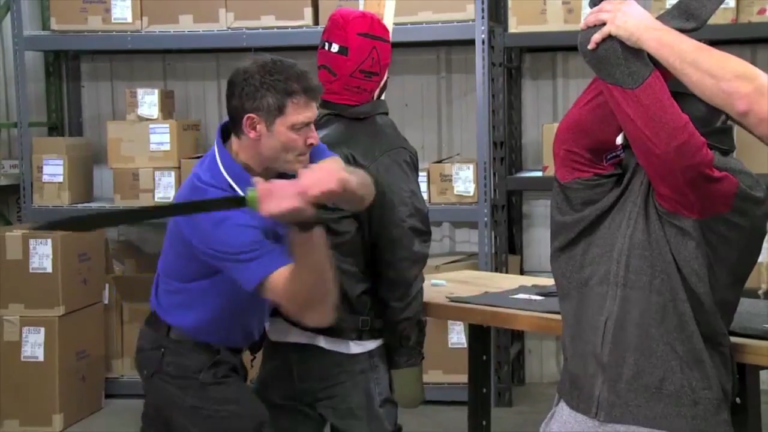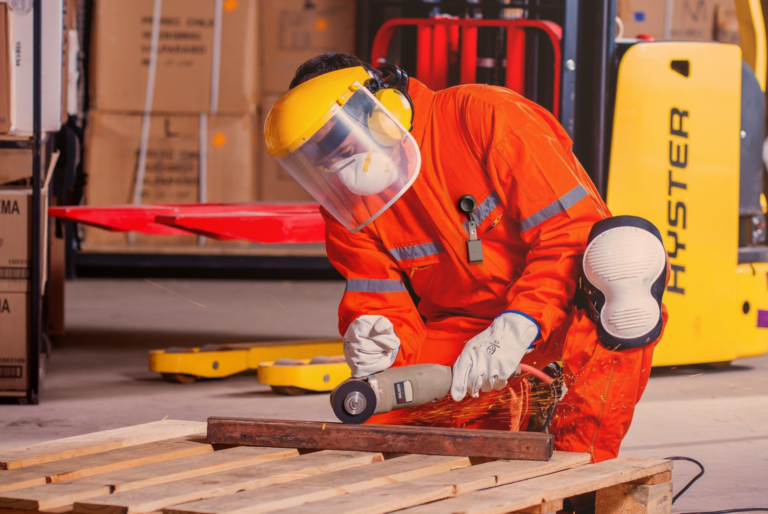How To Develop & Maintain a Culture of Safety for Your Workplace
All workplaces have rules and regulations about safety that are designed to keep people out of harm’s way, but how many of them are enforcing those rules?
At Tuff-N-Lite, we believe that the only thing more important than safety equipment is the environment that the equipment is used in. That’s why today, we’re going to take you step-by-step through the process of establishing a culture of safety in your workplace. By doing so, you can change your workforce’s view of safety, and encourage positive and safe behavior every day.
What Is a Culture of Safety?
A culture of safety describes the values and behaviors that are created when there is a complete, ongoing commitment by leadership, managers, and employees to emphasize safety over competing goals. It’s more than just having safety regulations in place; safety behavior should be a natural part of people’s DNA.
When a workplace has a culture of safety, safety awareness is enforced and talked about regularly, not just once in a while. It is on top of everyone’s mind, and exists as a way of being.
A culture of safety is especially important in manufacturing, where specific industries deal with potentially life-threatening materials, such as glass. In places where this type of culture is in place, workers and managers alike are entirely aware of all safety regulations and safeguards in place and are dedicated to upholding them.
How Do I Establish a Culture of Safety?
Now that we’ve established what a culture of safety is, it’s time to break down how to build one in your workplace. Many work environments have some elements of a culture of safety in place, but not all of them. While any safety measure is better than none, fully committing to a culture of safety is the only way to ensure that your place of work remains injury-free and efficient.
With that being said, let’s take a look at how to establish and maintain a culture of safety.
Define Safe Behavior
Safe behavior is generally defined as any behavior or action that keep workers out of harm’s way. It is important to remember that safe behavior is different for every company, as no two businesses do things the exact same way. When defining safe behavior, be sure to observe and take note of employee actions for best practices.
When defining safe behavior, it is also important to determine what is unsafe as well. With a more precise outline of what not to do, workers can gain a greater understanding of what they should be doing to ensure their safety.
Communicate Clearly
There are multiple ways to communicate safety standards and practices clearly and consistently to your workers. These communications can range from rules to reminders, and often take the form of:
- Slogans on walls, safety posters, etc.
- Number of days without accident signs
- Holding daily safety meetings or huddles
Slogans and posters that talk about safe or unsafe behavior should be put up around workers to serve as constant reminders of the importance of safety. These reminders should also include guides on how to wear their PPE correctly, as well as your company’s safety regulations.
While they may not seem important, “Number of Days Without Accident” signs can serve as important reminders to everyone of the last incident in the workplace, which serves as reinforcement to keep up the good work.
Lastly, daily meetings or huddles are great for reinforcing standards before getting to work, as well as discussing topics like proper PPE usage and areas for improvement where safety is concerned.
Enforce the Standard
This is one of the most essential elements for creating an effective safety culture. You can create the most detailed and thorough safety plan, but it will be for nothing if it is not enforced. Holding everyone accountable at all times is an important way to get workers to take safety seriously.
Likewise, managers need to assess safety around the factory continually. Getting too comfortable is how accidents happen, so stay vigilant of other’s behaviors. Employees will often follow the path of least resistance (as is human nature) and may not always follow protocol. For example, if someone was running late and forgot to wear their PPE, they are now at risk for an injury.
As a safety manager, there are certain areas you can focus on when assessing constantly. If some safety measures didn’t work, have a meeting to fix it. Don’t let it slide, because it will come back to bite you.
It is also important to be a leader for positive change. You are ultimately focused on people’s well-being and safety. You ensuring they stay protected means they can go home to their families instead of the hospital if an accident occurs.
Maintaining the Standard
Enforcing the standard of your culture of safety is the key to maintaining that culture. To keep your workplace secure consistently, take note of these tips.
Constant Reinforcement
While it might seem annoying at first, it is vital to reinforce your safety standards constantly. Becoming too comfortable or content with your situation is how accidents occur, so keeping awareness high for safety is key. Let workers know that you are watching for safety.
Celebrate the Wins
Safety shouldn’t be all doom and gloom! If your workers have been practicing safety best practices and abiding by your culture of safety, they should be rewarded.
Many workplaces use incentives like gift cards, extra break time or time off, or even taking their workers out to meals to celebrate reaching specific safety goals, like a certain number of days without an incident. These all serve as positive reinforcement and are very effective in promoting safe behavior.
Keep Workers Accountable
Just as important as celebrating positive outcomes, it is important to keep workers accountable for not following rules when it comes to safety. When lives are potentially at stake, negligence should not be allowed. Deciding on appropriate penalties for not abiding by your culture code should play a role in maintaining that culture.
Encourage Positive Actions
It may sound strange at first, but warming up and stretching should absolutely have a place in your culture of safety. Encouraging employees to stretch their hamstrings, arms, back, and other muscles can help prepare them for manual labor.
More than anything else, fatigue causes injuries. By encouraging stretches and warm-ups, fatigue and injuries can be prevented.
Report Everything
Keeping detailed records on everything that goes on concerning safety at your workplace is crucial to maintaining a healthy culture of safety. It is not enough to just record all near misses, injuries, and accidents, though. All of those events should be reported, no matter what.
From these records and reports, you can learn valuable lessons about your safety culture. After these incidents, ask yourself:
- What kind of incident occurred?
- What was the result of the incident?
- Conduct a root cause analysis – why did this happen?
- What could have been done to prevent this?
However, you shouldn’t only report the negatives. Report actions that were taken to save someone from harm. When an accident occurs and someone’s life was saved due to following proper safety protocols, be sure to share it with the rest of the company.
A great example of this is the following testimonial from a worker whose life was saved by a Tuff-N-Lite shirt while on the job (contains potentially NSFW language):
Highlighting the impact of safe behavior and the importance of PPE will make an impression on people and begin to shift the culture in your workplace.
Conclusion
Safety in the workplace runs much deeper than wearing a safety jacket and gloves. Establishing a work environment where safety is valued and on the front of everyone’s mind is the best way to prevent injuries and keep workers safe, without a doubt.
By using this guide, you have the tips you need to create a culture of safety in your own workplace, which will help minimize injuries and give workers a more positive and serious attitude towards safety.
Have Questions?
If you have more questions about cultures of safety and how you can establish one in your place of work, the safety experts at Tuff-N-Lite are here to help. Contact us.







